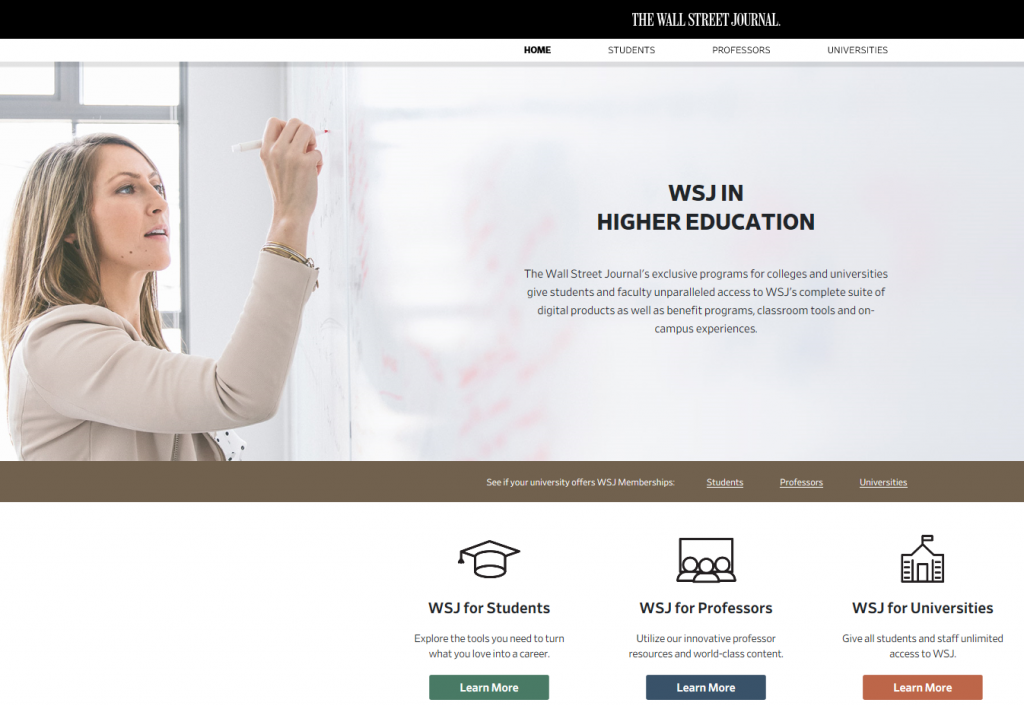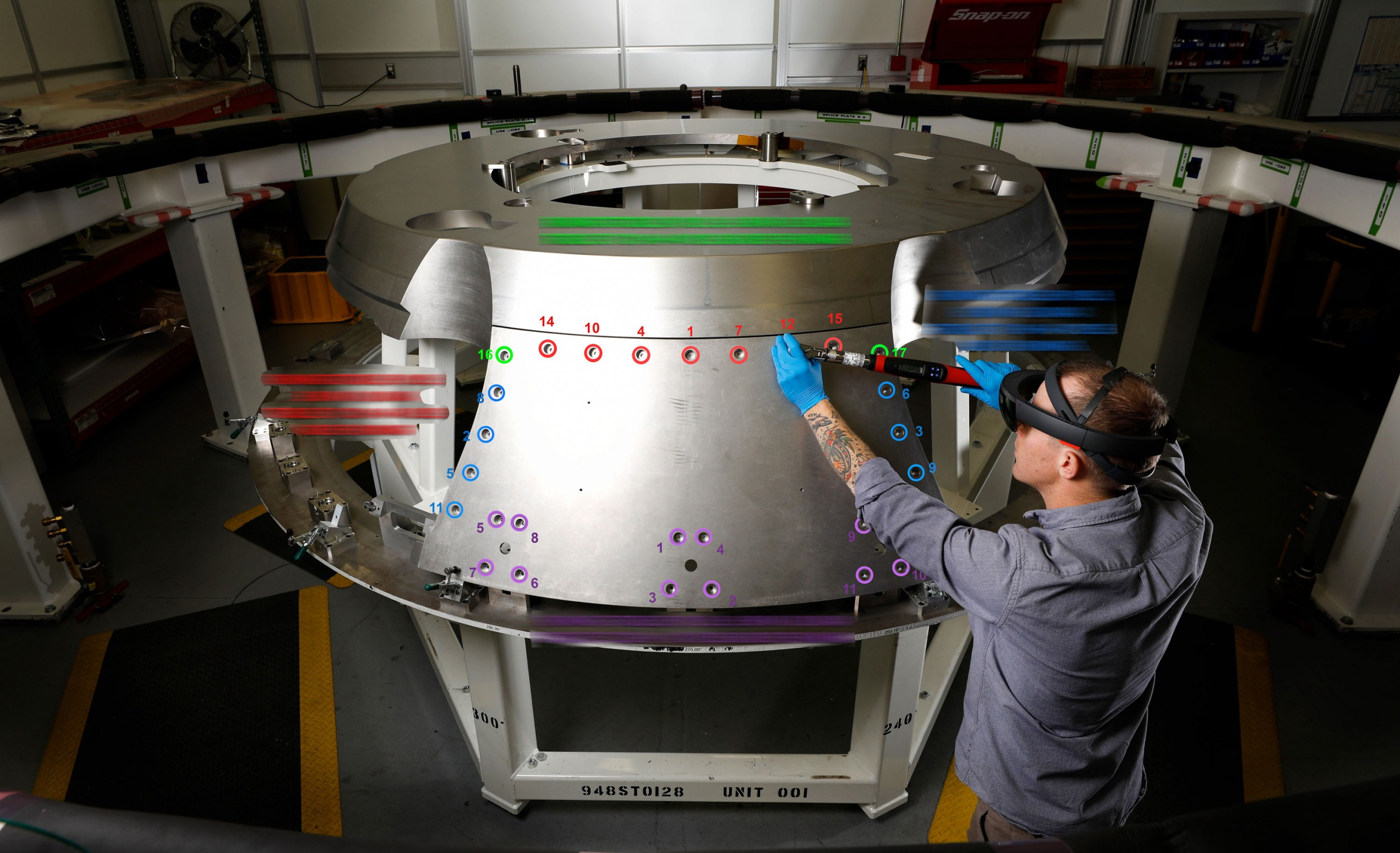Ellen Wagner, Ph.D. to Deliver 2020 DLI Symposium Keynote Address
Navigating the Learning Technologies Multi-verse
 Despite their pervasiveness in higher education, learning technologies continue to be fraught with apprehension within the academy as educators are skeptical of the true impact that they bring to effective teaching and learning. Dr. Ellen Wagner’s keynote will make sense of the panoply of emerging learning technologies, strategies and desired outcomes that are shaking up the very foundations upon which so many of today’s education professionals have built their instructional practices. Ellen will discuss a strategy to help guide faculty identification of and engagement with learning technologies that considers their needs for research-based selection and pedagogical alignment, as well as faculty-specific digital learning experience. Further, Ellen will share how the rate of technological innovation leads to an ever-changing educational landscape and how innovations that center on learning will lead to transformative educational shifts.
Despite their pervasiveness in higher education, learning technologies continue to be fraught with apprehension within the academy as educators are skeptical of the true impact that they bring to effective teaching and learning. Dr. Ellen Wagner’s keynote will make sense of the panoply of emerging learning technologies, strategies and desired outcomes that are shaking up the very foundations upon which so many of today’s education professionals have built their instructional practices. Ellen will discuss a strategy to help guide faculty identification of and engagement with learning technologies that considers their needs for research-based selection and pedagogical alignment, as well as faculty-specific digital learning experience. Further, Ellen will share how the rate of technological innovation leads to an ever-changing educational landscape and how innovations that center on learning will lead to transformative educational shifts.
Ellen is an award-winning learning designer and technologist. She is currently the Managing Partner of North Coast EduVisory Services, LLC and Research Scientist with the Mixed Emerging Technologies Integration Lab, Institute for Simulation and Training, and School of Modeling Simulation and Training at the University of Central Florida. She serves as an Affiliate Member of the Faculty for the College of Education at George Mason University and is a member of the IEEE Industry Connections Industry Consortium on Learning Engineering Steering Committee and Learning Engineering Among the Professions Special Interest Group. Ellen serves on the editorial boards of the Journal of Computing in Higher Education, eLearn Magazine, and the Journal of Applied Instructional Design and serves on the Board of Directors for two private start-up companies. She received her BA in History and MS in Information Science from University of Wisconsin-Madison and a Ph.D. in Learning Psychology from University of Colorado Boulder.

 A successful collaboration between Academic Affairs and IT, driven by Dr. Rollinda Thomas, CTO Eric Ellis and Faculty Fellow Dr. Ben Powell, resulted in a System-Wide agreement with EMSI. EMSI is a labor market analysis tool used by many of our universities to forecast demand for new degree programs. The team was able to create a licensing agreement that allows all of our universities to purchase this service at $4,500 rather than the almost $15,000. Across the ten initial instances of its use, this saves the System $100,000 annually.
A successful collaboration between Academic Affairs and IT, driven by Dr. Rollinda Thomas, CTO Eric Ellis and Faculty Fellow Dr. Ben Powell, resulted in a System-Wide agreement with EMSI. EMSI is a labor market analysis tool used by many of our universities to forecast demand for new degree programs. The team was able to create a licensing agreement that allows all of our universities to purchase this service at $4,500 rather than the almost $15,000. Across the ten initial instances of its use, this saves the System $100,000 annually.

